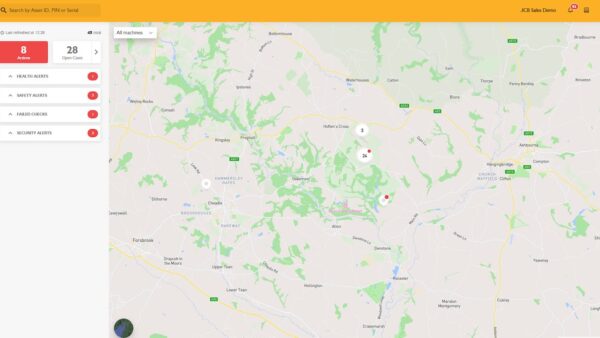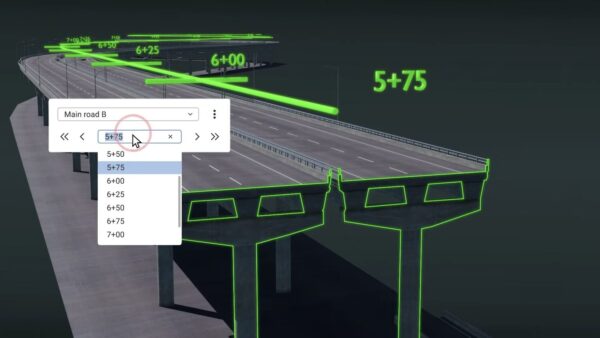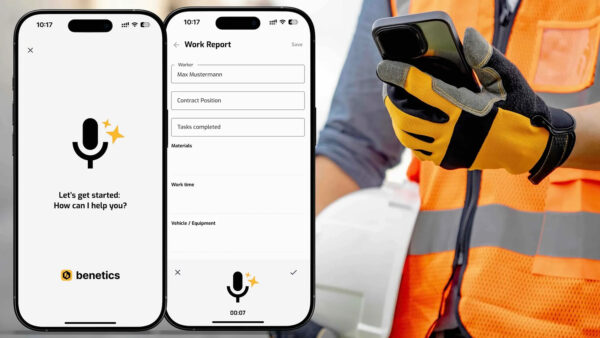
Can digital planning bridge the gap between the planner’s Gantt chart and the concrete realities of the construction site? René Morkos at ALICE Technologies thinks so.
In construction, scheduling is both the backbone of project delivery and one of the most common sources of friction. Schedulers and planners invest significant time up front to build contract schedules that win work, align stakeholders and set a baseline for delivery. But the reality is clear: the moment execution begins, those schedules start to drift.
Once on site, schedules are less about contract compliance and more about day-to-day alignment, ensuring every crew knows what they need to do, where and when they need to do it. Schedulers and planners also have to make reactive decisions on a range of factors, including weather, material deliveries, equipment and labour availability.
Two worlds, two schedules
Schedulers and planners focus on the preconstruction and bidding phases, developing schedules that help win work and establish the project baseline. These are typically built-in tools like Oracle P6 or MS Project, where activities are defined in broad strokes with durations and dependencies, like how long setting the foundations will take.
Site teams, however, need something very different. They work week to week, day to day, filling in the gaps that high-level schedules leave open – such as the impact weather will have on setting concrete foundations. Their workflows are inherently visual, often relying on marked-up drawings.
The challenge is that these two approaches rarely connect seamlessly. What is defined in the Gantt chart does not always translate into the reality of day-to-day operations. And what happens in the field does not reliably flow back into the master schedule. The result is a widening gap between planning and execution.
Bridging the divide
This is where new approaches to scheduling are gaining traction. Digital planning platforms are closing the divide between the abstract world of the planner’s Gantt chart and the concrete realities of the construction site. By making schedules more visual, like something you can see on a drawing or aerial image, teams can engage with them more intuitively.
Tools like ALICE Plan offer this capability, allowing users to overlay tasks onto 2D site plans and interact with the schedule in its real environment. Each activity becomes a visible block on the plan, showing where the work is happening, how long it takes and how it connects to the rest of the project. Dependencies and clashes are easier to spot, meaning risks can be mitigated before they impact the critical path.
This opens the schedule up to everyone on the team by breaking down the divide between the schedulers and the site teams. By working in 2D pdfs, aerial maps or elevation drawings, the planning process becomes more collaborative. Project teams can all interact with the schedule without needing specialist training.
What’s next?
Today, visual planning workflows are often used by schedulers and planners looking to improve how they communicate with the field. But the real opportunity lies in empowering site teams directly, enabling superintendents, field engineers and site managers to build and adapt their weekly and daily plans within the same environment.
The result is a unified platform where the schedule is effectively communicated throughout the project lifecycle. Planners gain confidence that their baseline is being executed on site. Project teams get the visual, detailed tools they need to drive daily execution, and owners see greater transparency and alignment across both.
Because, at the end of the day, construction is not just about building schedules – it’s about building projects. And when planning and execution come together, the industry can move past miscommunication and towards true collaboration.















